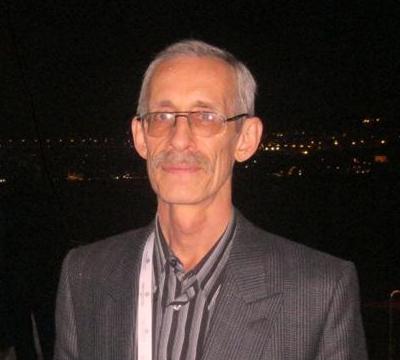So far, a basic income is not yet part of the Indian political vocabulary, though experiments were carried out in 2011 with a simple "cash transfer" program, providing monthly cash payments instead of the existing subsidized essential foodstuffs (wheat, rice, oil), was implemented as part of the Indian government's Direct Benefit Transfer program. A Cash Transfer Initiative was run by the Self Employed Women's Association (SEWA, a trade union that has defended the rights of women with low incomes in India for 40 years) in the village Panthbadodiya (Madhya Pradesh), with subsidies from UNICEF India launched in 2011. Adults received 200 rupees ($3.65) a month, and mothers were given 100 rupees for each child.
The results were encouraging, with people spending the cash responsibly -- more on eggs, meat and fish, and healthcare. Children's school marks improved in 68% of families, and the time they spent at school nearly tripled. Saving also tripled, and twice as many people were able to start a new business. Only 1/3 of the village farmed before the switch, forced to take cash employment. 2/3 are farming after the switch. The other pilot project undertaken by SEWA -- Bahrat -- was in Raghubir Nagar of West Delhi with funds paid to women only, with similar results.
SEWA's Sarath Davala co-authored Basic Income: A Transformative Policy for Indi a with Renana Jhabvala, Soumya Kapoor Mehta and Guy Standing, and is committed to implementing some kind of basic income: "It's a middle-class prejudice that the poor don't know how to use money sensibly. The study showed that a regular income allows people to act responsibly. They know their priorities. The main advantage is regularity. It makes it possible to organize, save and borrow. The principle is that a small amount of money generates a great deal of energy in a village."
Little of traditional aid funds reach the low income people it is intended for. 90% of the workforce is in the informal sector and has no social protection. Direct cash payments cut out the many leaks and corrupt intermediaries, and are seen by many as a silver bullet.
Implementation problems
So far, there is no firm schedule and debate continues on how to implement such a program. There are problems with implementation, as 90% of Indians do not have bank accounts, but its success prompted the central government to promise full implementation eventually.
SEWA is now doing a follow-up study about how the villagers have fared since the program ended. The advocates of the concept are concerned that the government will cut out the Public Distribution System (PDS) which provides subsidized staples, existing welfare public health care and education programs. "The government doesn't want to have to spend more. That is the bottom line. But if it slashed subsidies on food and privatized health and education, this would be disastrous," said Reetika Khera, economist at the Indian Institute of Technology Delhi.
The public debate on cash benefits has been contentious. On one side are advocates of food subsidies, wishing to extend the Public Distribution System to 68% of the population, as planned in the National Food Security Bill, now before parliament. They worry that advocates of cash transfers just want to use CTs to dismantle public services and cut social spending. The real problem is that existing policies have left over 350 million people, about 30% of the population, mired in poverty, even after two decades of high economic growth.
Khera argues that a modified program, starting with a better implementation of the existing noncontributory pension income should be carried out, raising the existing pension for 200Ru a month ($3) to 1000Ru ($15) to those 60 and over, 10% of the population. Combined with existing programs for lunches to children and lump sum 6-month maternity leave allowance, the most needs would be addressed.
Another contentious issue is the central-state government jockeying over authority for implementation. Tamil Nadu and Odisha state level programs for maternity leave were implemented, funded by the state governments, in 2011. This is an incentive for the central government to promise to contribute if all the states follow suit.
Advantages
The current high level of the underground/ informal economy in India is estimated from 25--75% of GDP, with most transactions in cash and massive foreign transfers of cash sapping potential tax revenues. This is a widespread problem around the world, though particularly acute in countries like India.
* By giving a small income to those most in need, creating millions of personal bank accounts to do it, more people are drawn into the legal economy.
* It would reduce government administrative costs by simplifying the income support system, which now consists of numerous, often-overlapping programs at the federal, provincial and local government levels, and which the poor often are unable to use through lack of smarts.
* As the economic multiplier effect kicks in throughout the country, government revenues will increase, paying for this 'social investment'.
* It is great for small businesses. Money would be used locally if combined with incentives to promote local manufacturing
(Note: You can view every article as one long page if you sign up as an Advocate Member, or higher).





